Ossobuco bone marrow stew
This recipe for bone marrow stew ‘Ossobuco alla Milanese’ is a classic of Milanese cuisine and of Lombardy more generally. It seems to date from the eighteenth century when it already represented a classic of local gastronomy. By the 21st century it had literally travelled around the world, and every day it is still served and enjoyed in the restaurants and homes of Milan. What is special about ‘Ossobuco alla Milanese’ is the famous ‘gremolada’ of chopped parsley, lemon zest and garlic that makes this such a tasty, aromatic and fragrant dish. Otherwise the essential characteristic is the tender veal, which must be no less than 3 or 4 cm thick and purchased from a butcher who will take the ‘ossibuchi’ from the tibia of a suckling calf. As an accompaniment this dish is usually served with the classic ‘Risotto alla Milanese’, that is with saffron, but an alternative is would be a lovely polenta, served steaming hot.
Ingredients
-
veal 4 slices (300g each) of veal shank cut high in the lower part where the bone is small and filled only with marrow
-
Flour
-
butter 50 grams
-
onions chopped
-
garlic 1 clove of garlic
-
parsley 1 handful of chopped parsley leaves
-
salt

Send the recipe
Preparation
In a large saucepan fry the onion in the butter, add the lightly floured ‘ossibuchi’, brown them on both sides – turning them over without ‘pricking’. Pour over a little stock, tomato and salt, cover the pan and cook over low heat for an hour and a half. Not more than five minutes before serving, mix the ‘gremolada’ - chopped lemon zest, parsley, garlic and anchovies - stir the gremolada in and, after a few minutes, serve with parmesan risotto or risotto ‘alla Milanese’.
Step by step
|
View the step by step
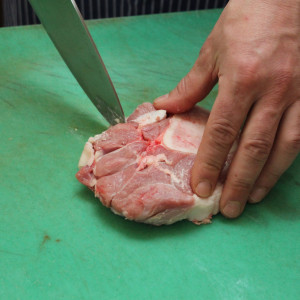
|
Make little cuts in the meat so that they do not curl while cooking.
|
|
View the step by step
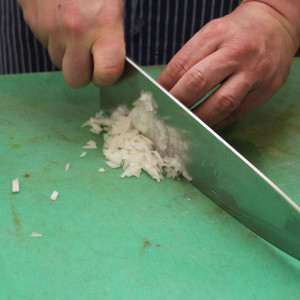
|
Chop the onion
|
|
View the step by step
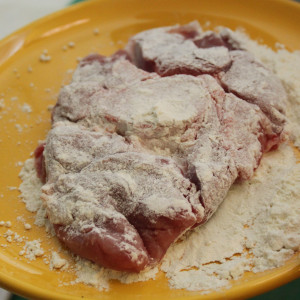
|
Dust the meat with flour
|
|
View the step by step

|
Brown the onion in butter
|
|
View the step by step
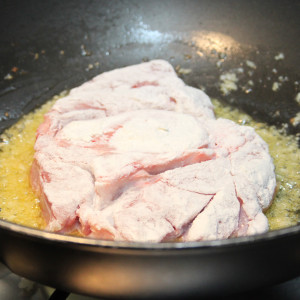
|
Add the ossibuchi
|
|
View the step by step
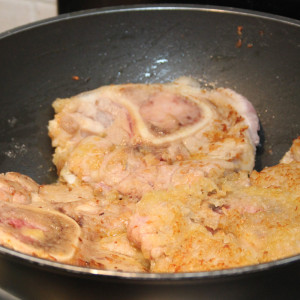
|
Brown the meat on both sides
|
|
View the step by step
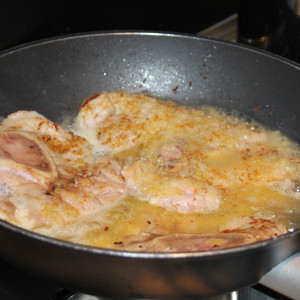
|
Deglaze with some stock
|
|
View the step by step

|
Add parsley and tomato, more stock and adjust the salt
|
|
View the step by step
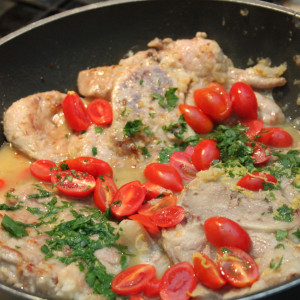
|
Cook until ready
|
|
View the step by step
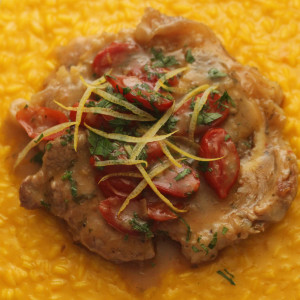
|
A few minutes before removing from the heat, add the traditional ‘gremolada’, then serve with Milanese Risotto or alternatively with polenta.
|




